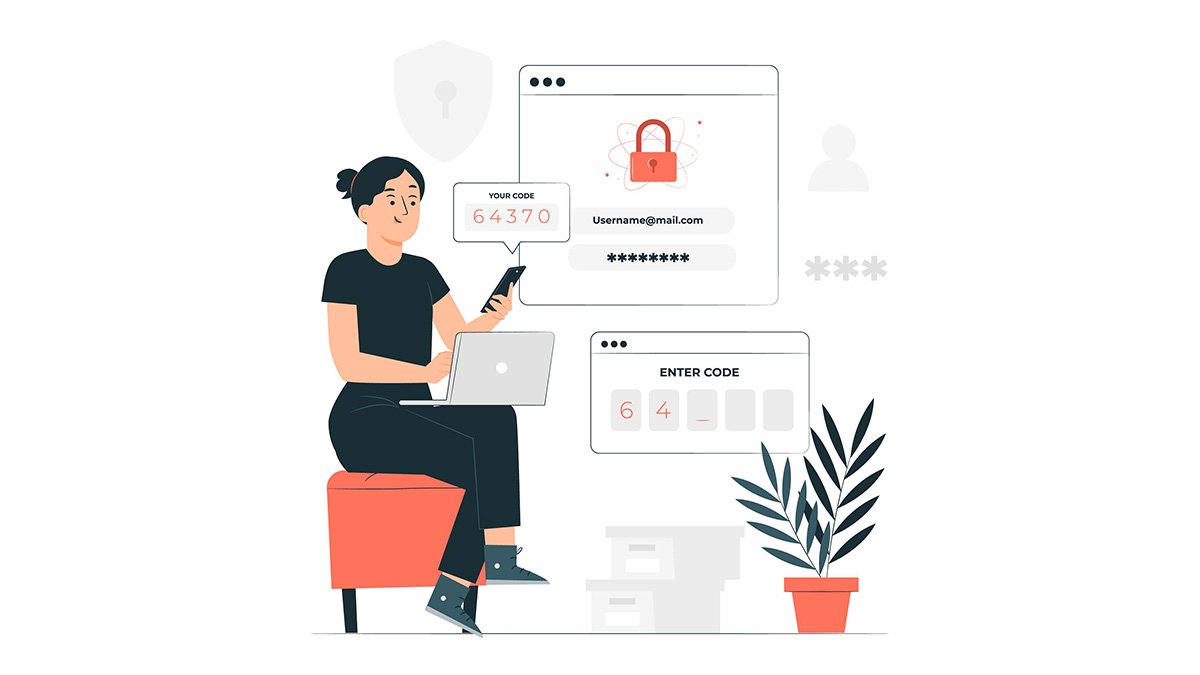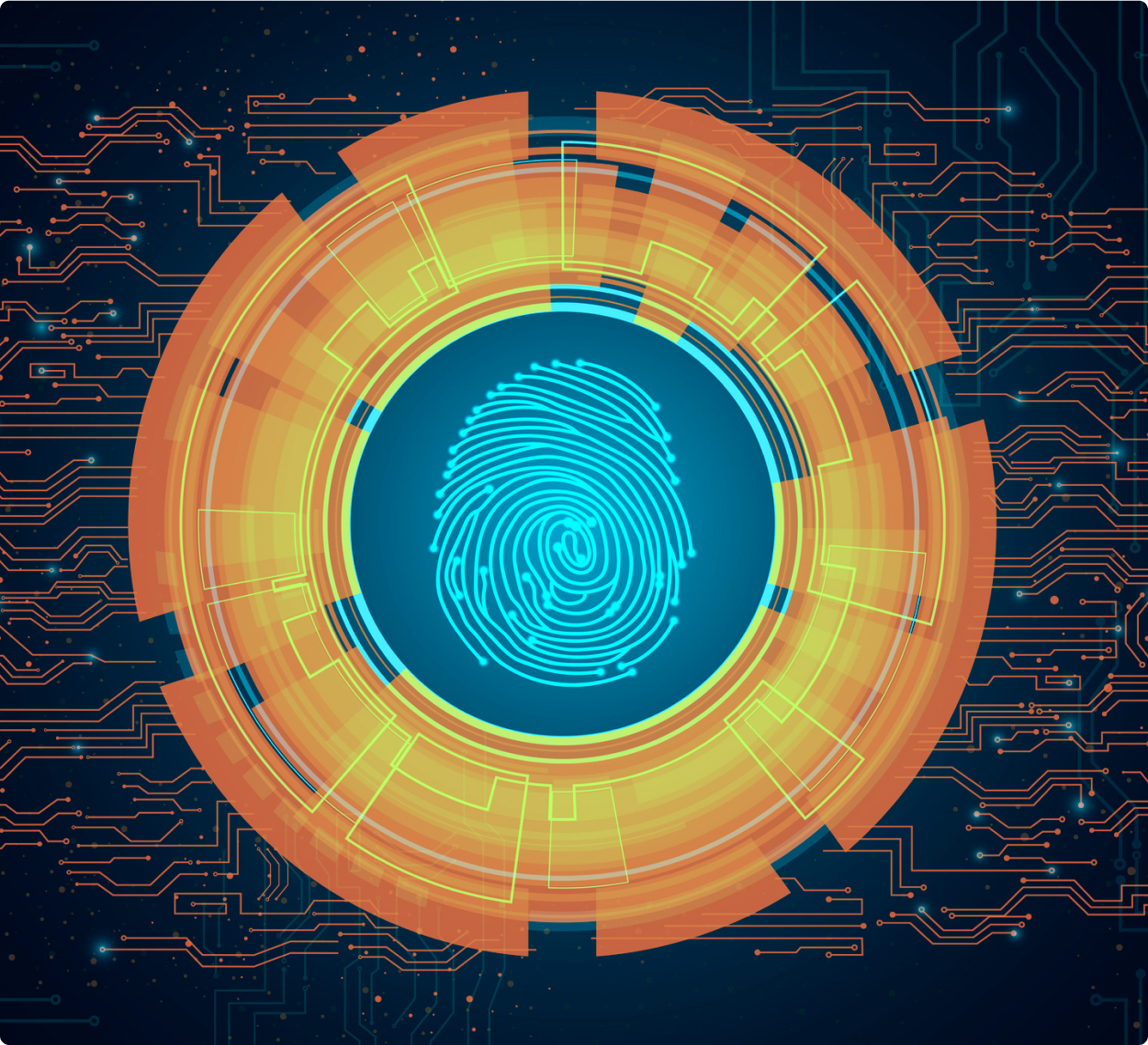

10 Tips for Hybrid and Remote Work Security
Hybrid and remote work is on the rise, leaving many companies to shore up their security gaps. Hybrid and remote work expose organizations to greater levels of threats, but also improve efficiency.
Luckily, 53% of professionals believe that they can improve their remote work security through the right software platforms. Here are 10 tips to help you secure your hybrid and remote workforce — while still taking advantage of all the benefits.
The Dangers (and Advantages) of Hybrid and Remote Work
Hybrid and remote work expose organizations to dangers that they weren’t previously exposed to. With more employees working remotely, there are more potential entry points for cyber criminals. And, since many remote workers use personal devices and networks for work purposes, companies are also at risk of data breaches and leaks.
But hybrid and remote work have some extraordinary advantages, too. Employees are frequently more productive at home — and employers can reach out to talent all across the globe. Even better, employers don’t need to pay for costly infrastructure.
Hybrid and remote work aren’t going away. And they can become more secure with the right technology and processes.
1. Automate Device and Security Updates
Employees may have dozens of devices connected to the organization’s network. Use endpoint management platforms to automate device and security updates, isolating devices that aren’t protected.
Device updates are extremely important. If systems aren’t updated regularly, they can become vulnerable. Cyberattackers will frequently look for devices that haven’t been updated to attack — the weakest link strategy.
2. Enforce Cybersecurity Training
Make sure your employees are up to date on the latest cybersecurity threats and that they know how to recognize phishing attempts. Use employee training platforms to deliver just-in-time training and reminders on company policies.
Because the landscape of cybersecurity is constantly changing, employees must also be current in their knowledge. They should know which attacks are going around and how best to defend against them.
3. Require VPNs
Secure remote worker connections with VPNs. Require employees to use a VPN when accessing company data from any device, whether they’re working from home or on the go.
Even if employees sign in on unsecured WiFi, a VPN will protect them. All data will be encrypted; if the data is spied on, it will be useless to the attacker.
4. Consolidate Third-Party Passwords
Use a password manager to consolidate third-party passwords. If you use external tools, you can’t fold them into your own authentication system. But you can consolidate them with a password manager. Password managers encourage employees to use complex and unique passwords, as they don’t need to memorize them.
But you also need to make sure the password managers in question are likewise secured.
5. Enable Two-Factor Authentication
Two-factor authentication (2FA) adds an extra layer of security to login attempts. Even if an employee’s password is compromised, a hacker would need access to the second factor—usually, a code sent to the employee’s phone—to log in.
But note that multi-factor authentication (MFA) is usually even more secure. The issue with multi-factor authentication is that it’s generally more complex than two-factor authentication and can turn off employees. Passwordless authentication is easier to use.
6. Move Toward Zero-Trust Authentication
Zero-trust authentication verifies not only who someone is, but also what they’re trying to do. It’s a security model that’s built on the principle of least privilege — only granting employees the access they need to do their jobs — rather than blindly trusting anyone with a valid password. Zero-trust authentication will protect your assets rather than just your perimeter.
While zero-trust can be difficult to truly obtain (it requires restructuring the way your organization and its processes work), it should be a goal. Companies can move toward least privilege models (offering the least amount of privilege) before they move to true zero-trust.
7. Educate Employees Regarding the “Why”
Make sure employees know about the threats they face, both on company devices and their personal ones. Educate them on how to recognize phishing attempts and how to report them. Threats change frequently. Employees will be more willing to follow security measures if they understand why.
Frequently, companies tell employees what to do but not why. When employees have a better understanding of the security measures that they’re enforcing, they are less likely to make potentially costly or careless mistakes.
8. Use Next-Gen, AI-Powered Solutions
When it comes to cybersecurity, traditional solutions are no longer enough. Use next-generation, AI-powered solutions that can detect and respond to threats in real-time. These typically cloud-based solutions can detect threats using behavioral recognition, rather than having to rely upon already identified threats.
Today’s AI-powered solutions can even identify the hallmarks of things like phishing attempts and other social engineering attempts. Previously, these required humans to identify and mitigate.
9. Consider Passwordless Authentication
Passwordless authentication is an alternative to 2FA and MFA that doesn’t require employees to remember or enter any passwords. Instead, they use biometrics or a security key to verify their identity. This can improve security, as well as the user experience; passwordless authentication is simple, fast, and seamless.
Organizations may worry about passwordless authentication because it requires an entirely new platform. But having the right platform can help.
10. Implement Single Sign-On
Single sign-on (SSO) is an authentication strategy that allows users to access multiple applications with one set of credentials. SSO can improve security by consolidating passwords and making it easier for employees to follow password best practices.
Additionally, SSO can make it easier for employees to access the applications they need. They won’t need to remember multiple passwords or be granted access to each application individually. At the same time, this reduces the burden on the administration because administrators don’t need to micromanage access policies.
Get the Security You Need with Axiad
Now you know how to maintain security when employees work remotely. Identity-as-a-Service (IDaaS) gives you all the software you need to protect your business — in one easily deployed, easily supported package.
Contact Axiad to learn more about how zero-trust authentication, single sign-on, and passwordless authentication services can help your organization grow without fear.






